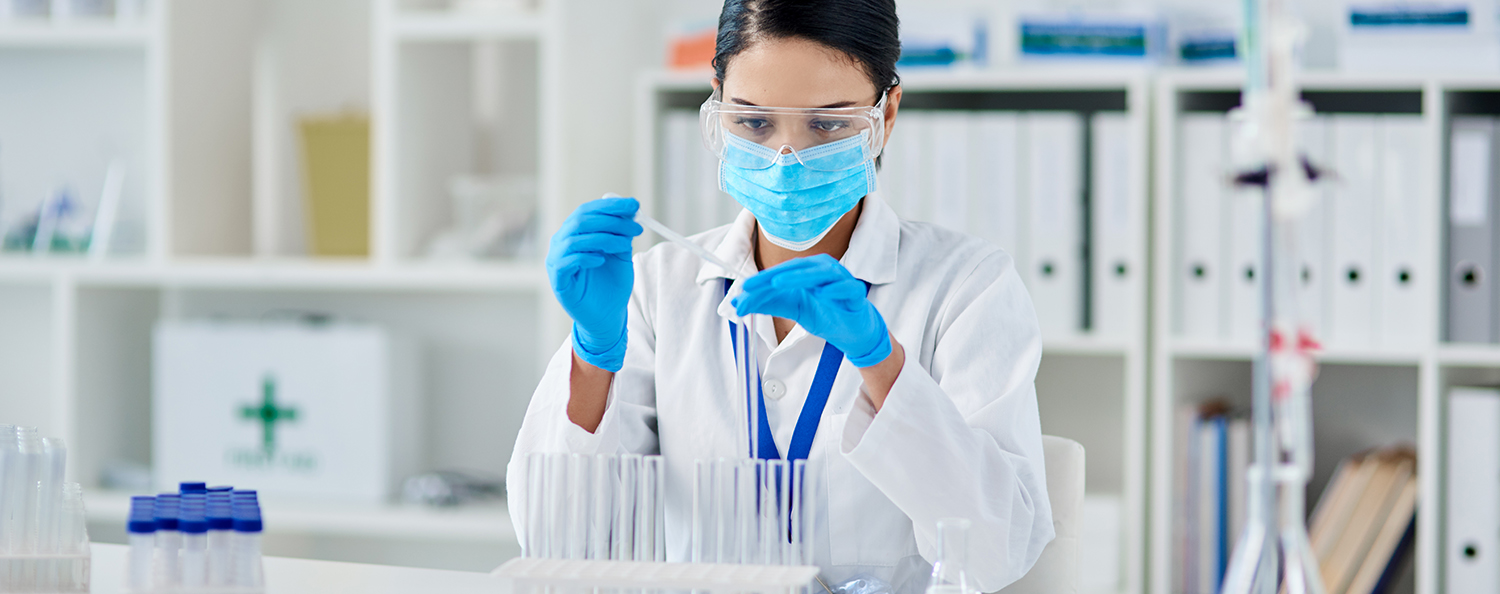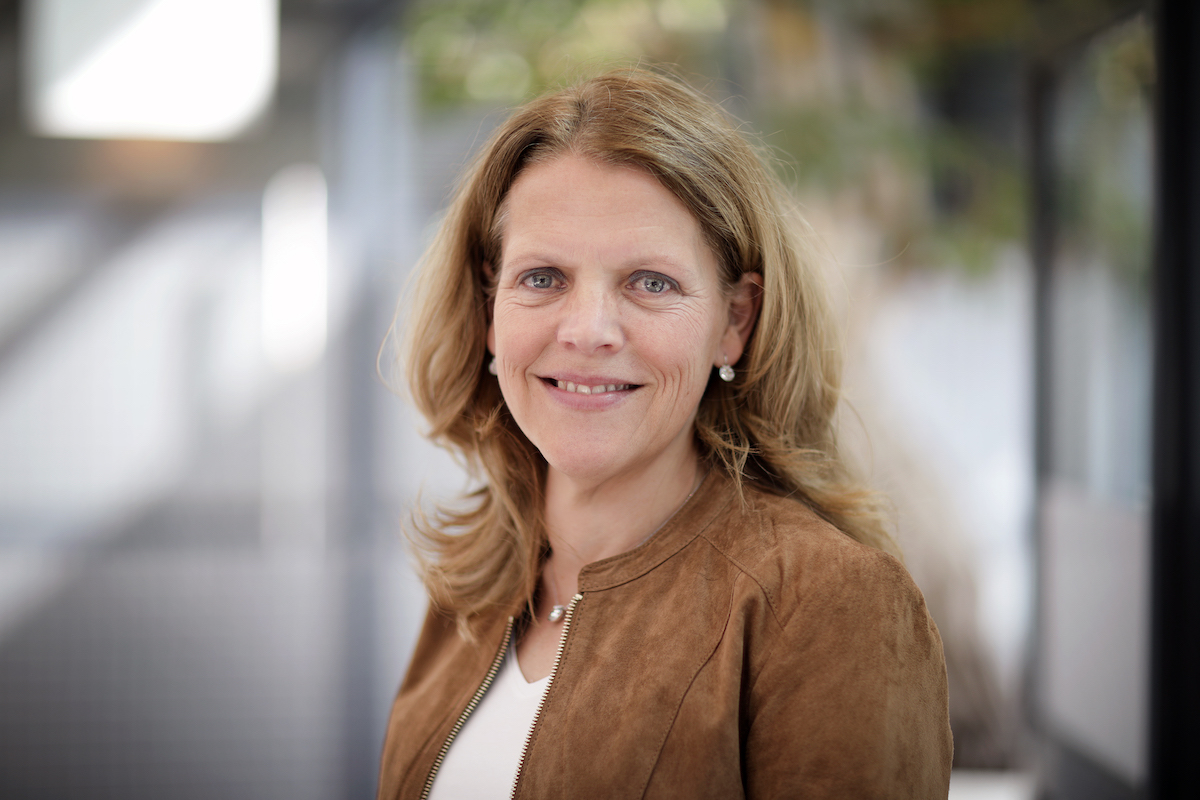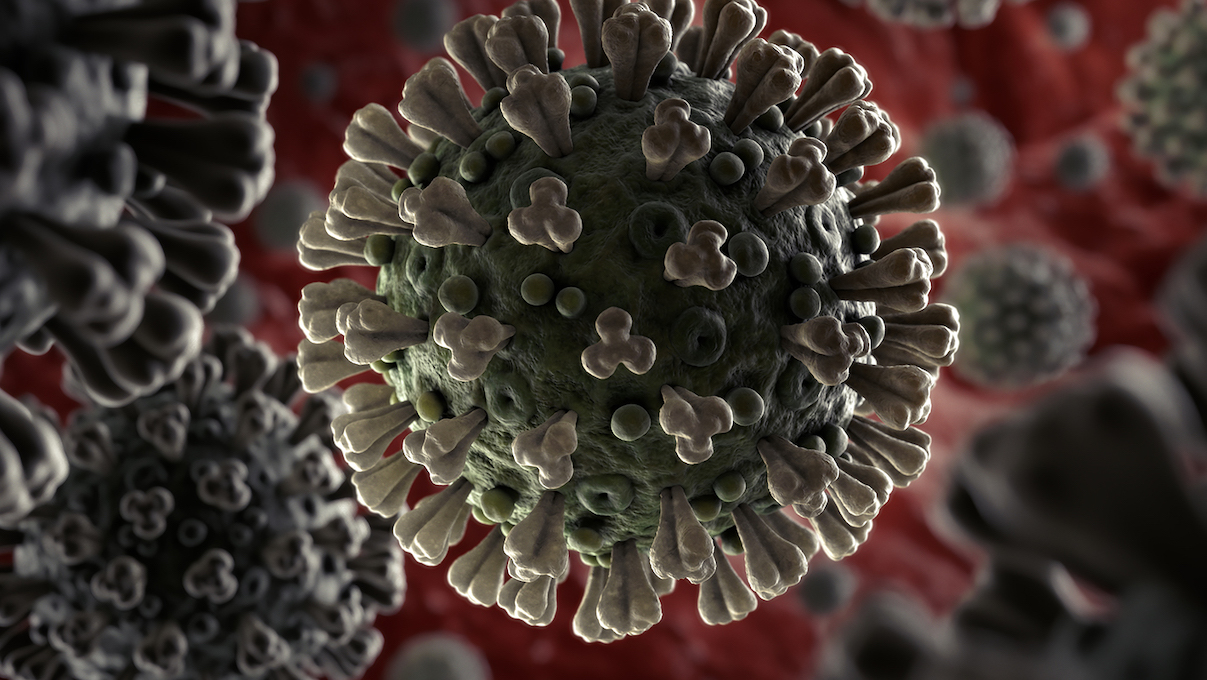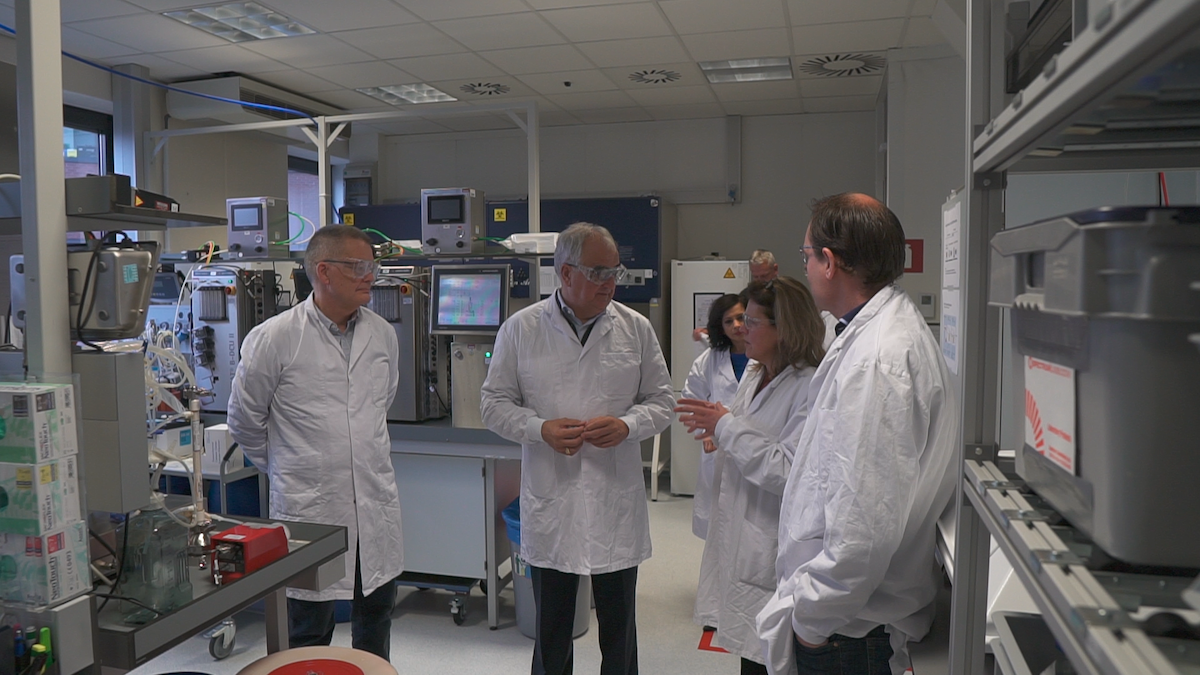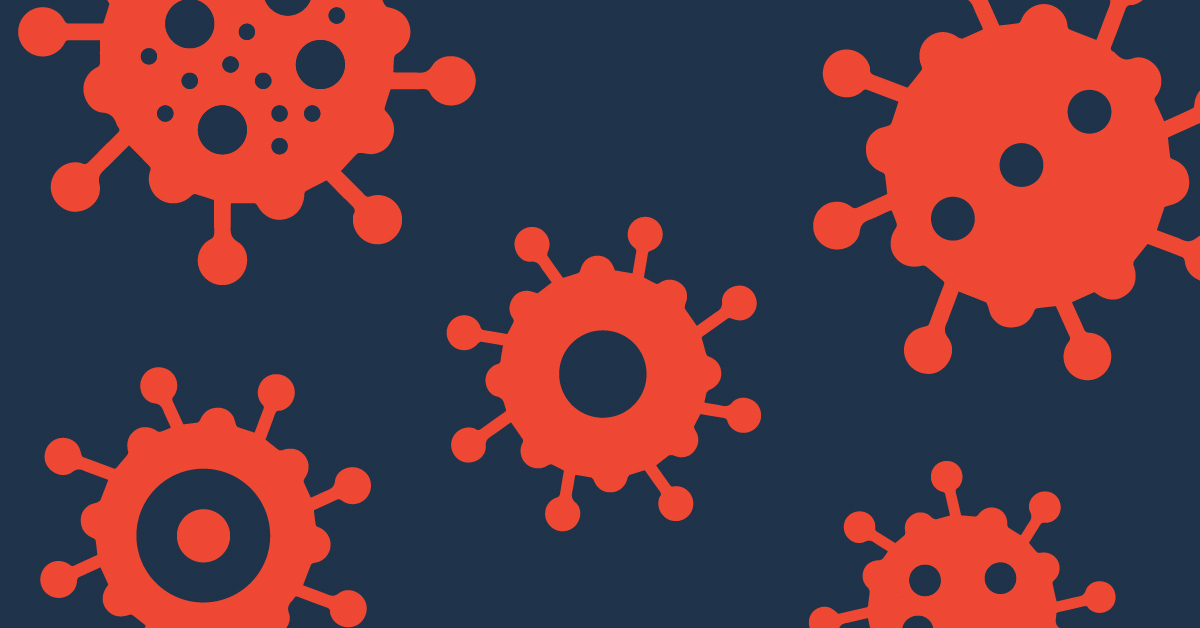UPDATE (March 2, 2021): This article tells the story of early-phase research for a COVID-19 vaccine in development by Janssen, the Pharmaceutical Companies of Johnson & Johnson Companies. The article was originally published in June of 2020. Since then, on February 27, 2021, Janssen’s vaccine received an emergency use authorization (EUA) from the U.S. Food and Drug Administration (FDA), making it the third vaccine to receive an EUA for the prevention of COVID-19.
When Hanneke Schuitemaker, Ph.D., first heard about a novel coronavirus circulating at the end of December 2019, she never imagined the gravity of what she’d just learned. As the global head of viral vaccine discovery and translational medicine at Janssen, the Pharmaceutical Companies of Johnson & Johnson Companies, Schuitemaker had a professional interest in infectious diseases, and a new virus looked intriguing—from afar. Little did she know that in just a few months, the new pathogen would not only radically alter her work life, but also disrupt her personal life and the lives of nearly every person across the globe.
“When Janssen first announced our intention to work toward a vaccine for COVID-19 [at the end of January 2020], we immediately began to advance our research and development process in the traditional way,” Schuitemaker said. “About a month later, we realized there was no time to lose.”
